Himachal
History
How Kullu, Shimla and Spiti Looked Like over 150 Years Ago
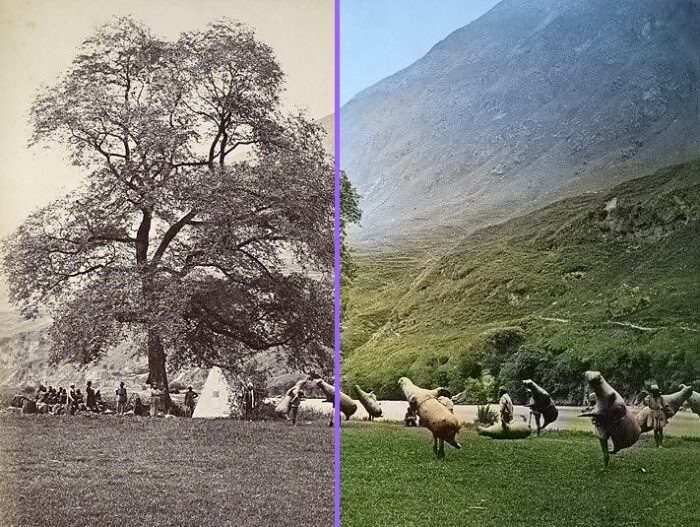
I am not exactly a history buff but definitely a sucker for black and white photography of the days gone by. An old black and white photograph is like a ticket to an other world you want to visit but which has ceased to exist. It’s like entering a universe which is still to turn colourful.
Anyway, coming to the point, I recently stumbled upon some really old and rare black and white photographs of the Kullu valley, Shimla and Spiti that offer an awesome glimpse into the life that existed more than 150 years back.
Most of these photographs were clicked by Samuel Bourne, a British photographer, who had set up a photo studio in Shimla in 1863.
What I did next was to go online and change them to colour just to see how the same images would appear after the transformation. And I liked them! Here are some of those rare photographs and their colour versions:
Kullu town
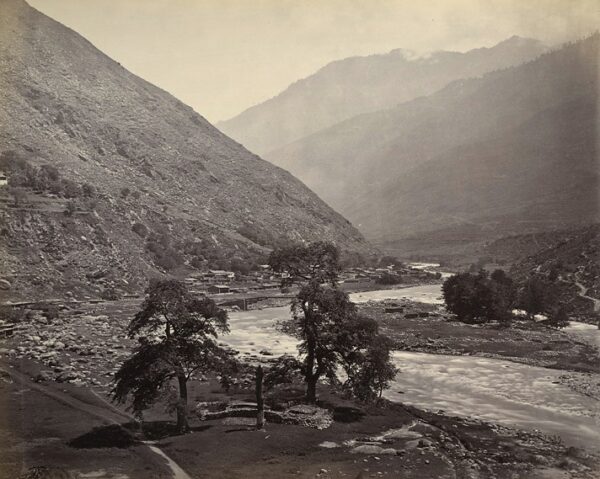
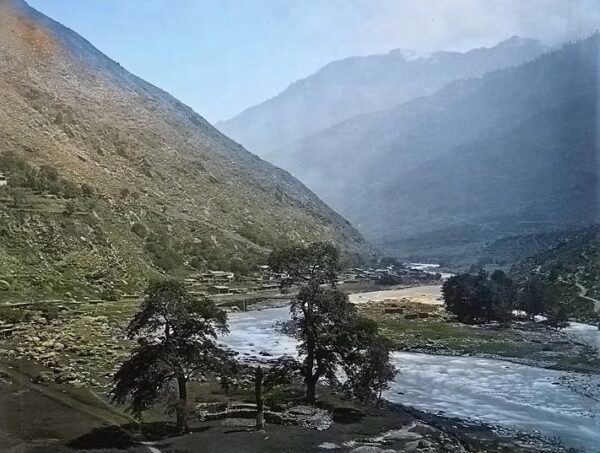
This is how Kullu town used to look like about 160 years back! More specifically, it’s a view of the present-day Akhara Bazaar of the Kullu town. Samuel Bourne took this picture from Sultanpur, the capital and seat of the erstwhile Kullu royalty. There is no road, just around a dozen houses including shops, clean and gushing Beas river and hardly anybody to be seen in the picture. You can see a small island and two bridges over the Beas river connecting the town with the left bank.
Bajaura
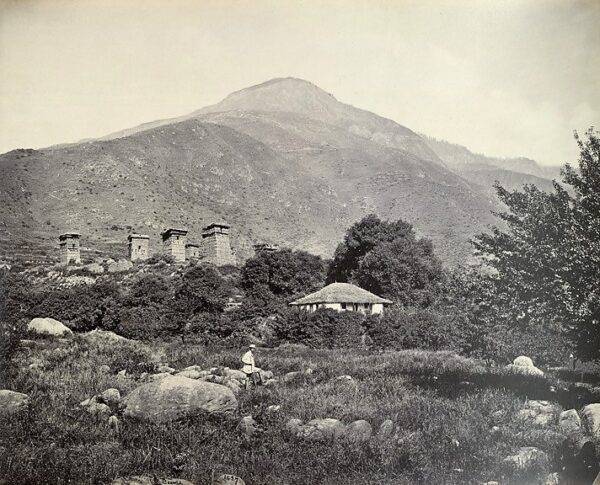
There was a time when Bajaura, a border town in Kullu district, used to be an important place and a hot favorite of the British settlers. Colonel RHF Rennick had built his Garh estate here, which was one of the first British estates in the valley. In this picture, taken by Bourne, you can see the bank of Beas river and a man sitting on a stone with mountains in the backdrop.
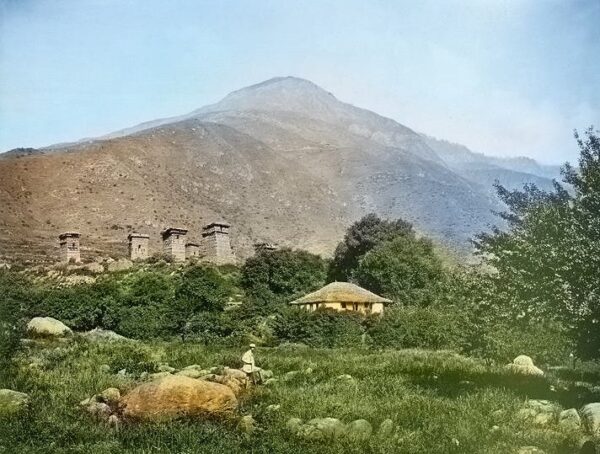
Kot Village

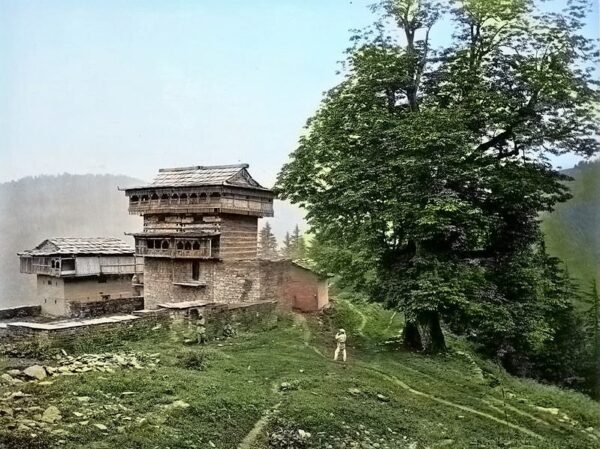
Chehni Kothi village is in the Banjar part of the Kullu district and it is on one of the oldest routes that connects Shimla with Kullu via Jalori Pass. In the picture, you can see two structures, one of which most probably a temple, built in the Kathi Kuni style of architecture and a man by a huge tree. It seems Samuel Bourne took this picture while travelling from Shimla to Kullu in the 1860s.
Mussucks for crossing Beas River
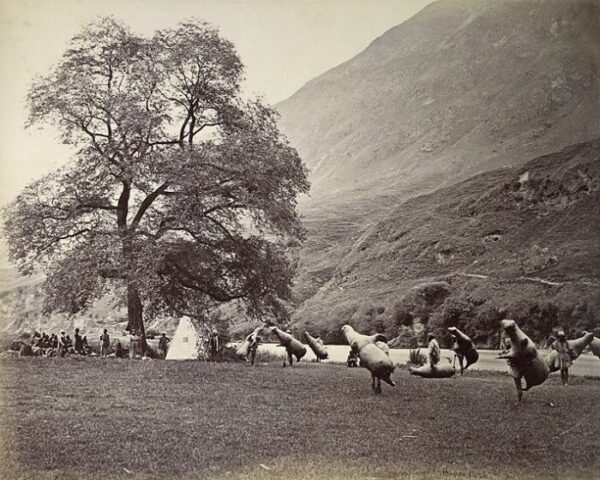
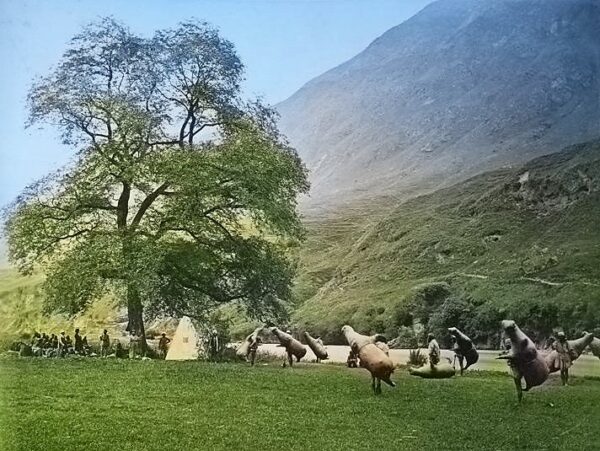
There was a time when there were no bridges over the Beas river in many parts of Kullu and Mandi and people would use mussucks to cross the river. A mussuck is the inflated skin of an animal mainly a buffalo which was used by local people to cross the Beas river especially in places like Bajaura, Nagwain and Panarsa.
These expert men, who would make you cross the river were known as ‘Taru’ and a mussuck was called a ‘Dariya’.
A Taru used to charge a certain amount of fee for making you ride across the river on his Dariya and according to old-timers, sometimes even an entire marriage party including bride and groom would ride across on mussucks.
Hamta Pass
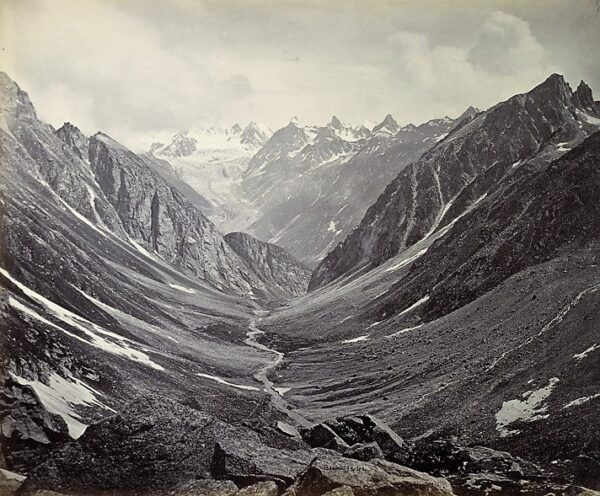
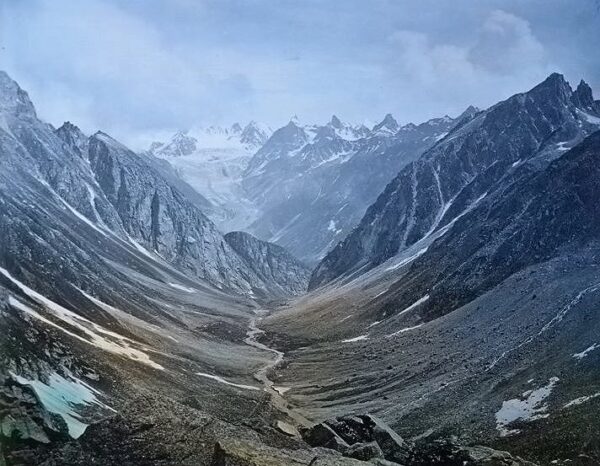
This photograph of Hamta Pass, the iconic crossover route that connects Kullu with Spiti, was taken by Samuel Bourne in the 1860s. It’s probably the oldest picture of Hamta Pass, which was used by locals and traders to enter Spiti and vice-versa., and later became one of the most-loved treks of Kullu Manali.
Shimla bazaar
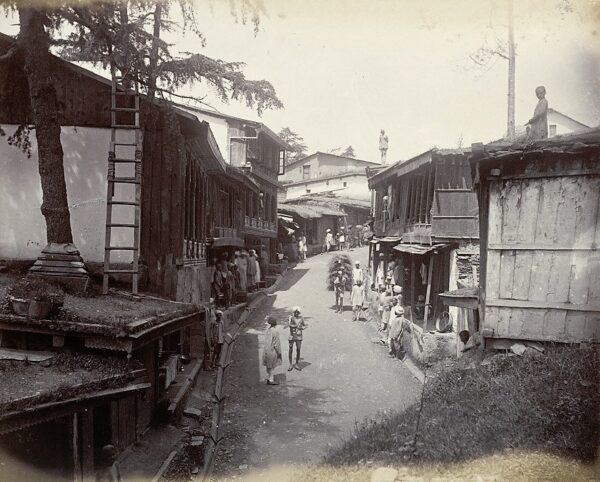
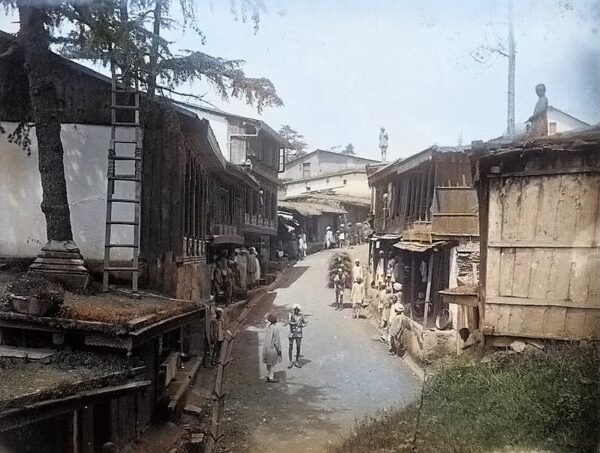
This one is one of my favorite pictures of a still life in the Queen of Hills. Taken by an unknown photographer in the 1880s, the picture depicts the simple way of life of the locals. Shimla was discovered by the Britishers in 1819 after the end of Gurkha rule in Himachal.
Peterhoff
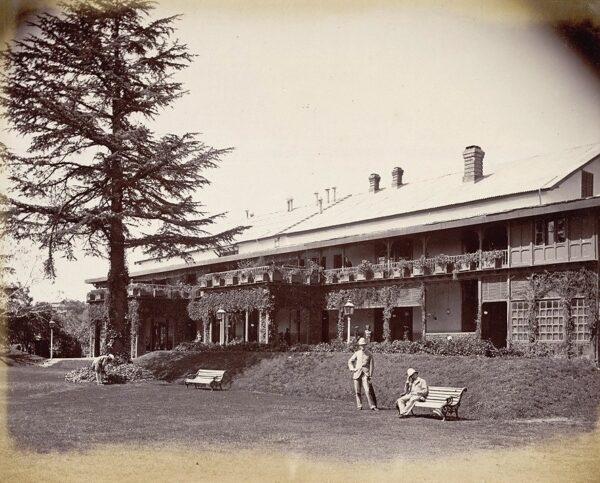
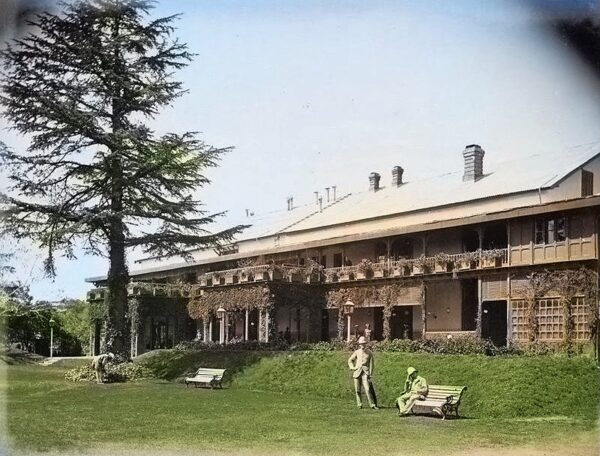
This picture of the official residence of the then Viceroy of India dates back to 1880s and has been taken by unknown photographer. Two European men and a gardener can be seen in the front lawn of the building.
A view of Shimla from 1865
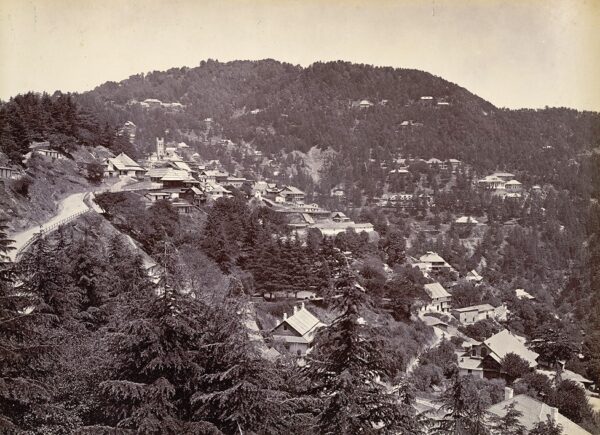
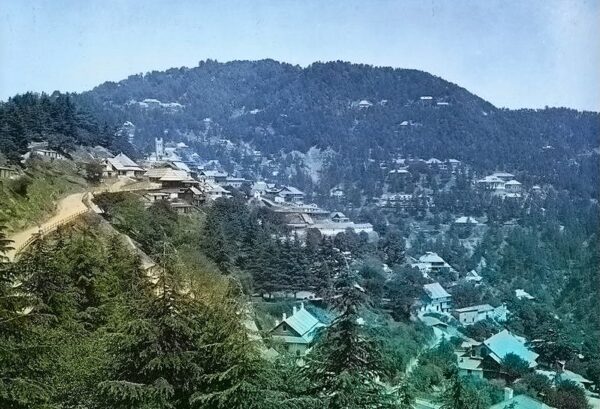
This is how Shimla appeared in 1865. You can see the Christ Church at the end of the road in this picture, which was taken by Bourne.
Sanjauli
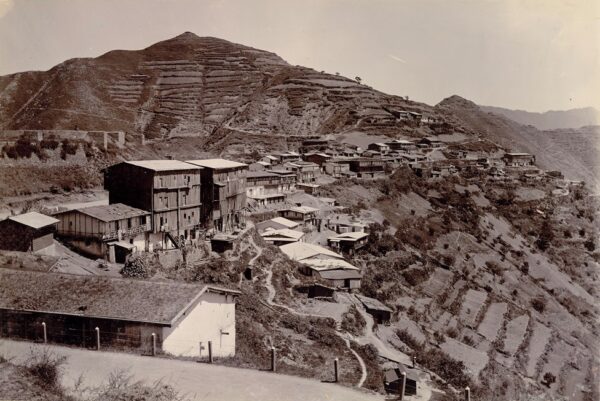
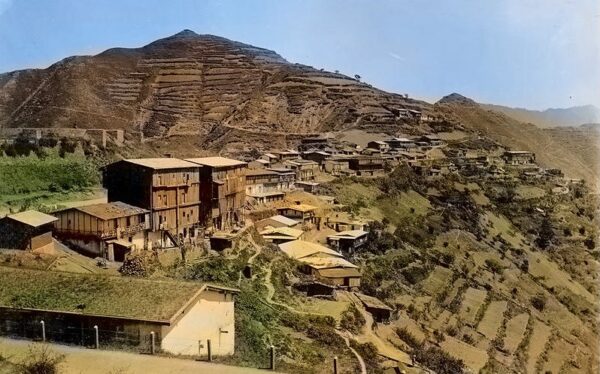
And this is how Sanjauli looked like. Taken in the 1890s, the picture shows the bazar of Sanjauli, which used to be the starting point of mule trains carrying dry fruit, precious stones, wool, livestock and spice for to be delivered upto Narkanda and beyond.
Spiti valley
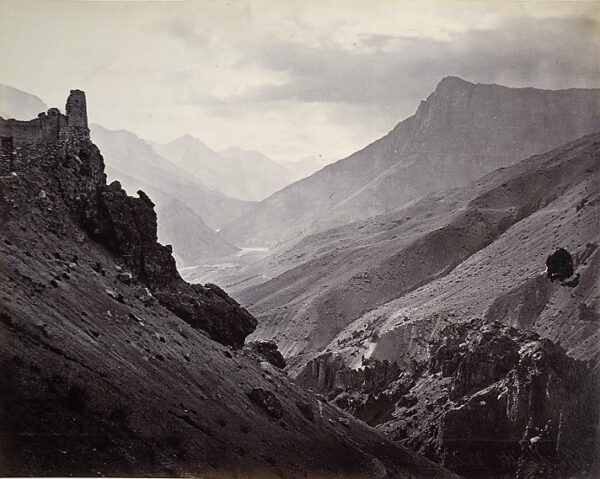
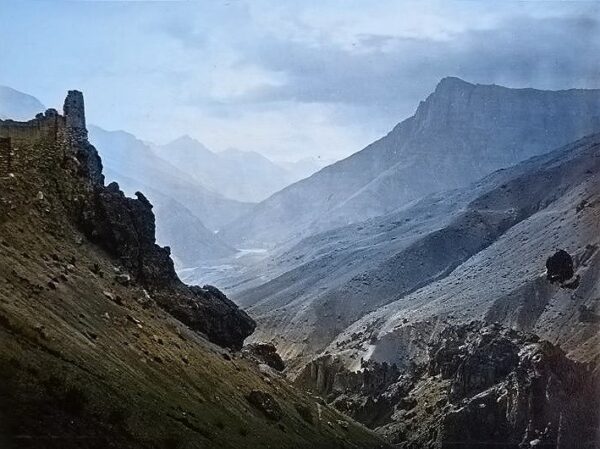
Taken by Samuel Bourne in the 1860s, the picture shows a ruined fort with the Manirang Pass in the distance. Bourne had taken this photograph during his trek in the western Himalayas.
Aluvial Beds, Spiti
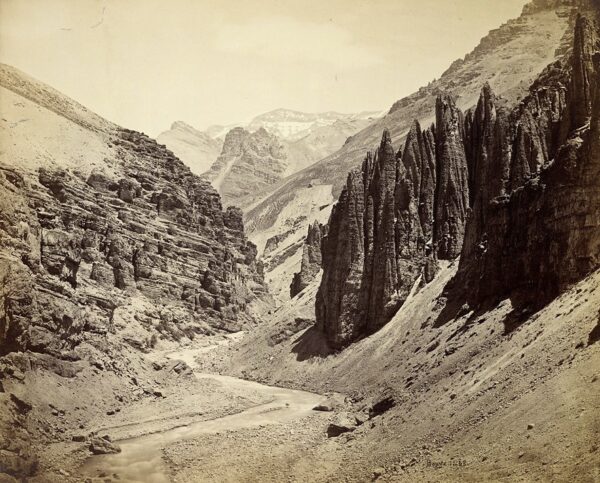
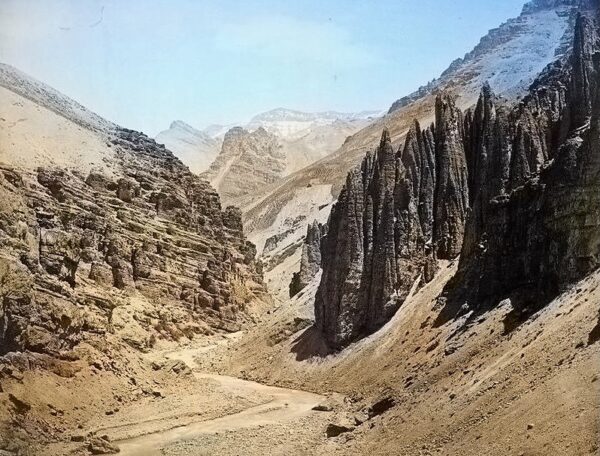
Taken by Samuel Bourne in 1866, the photograph shows alluvial beds in Spiti
Lipi, Spiti valley
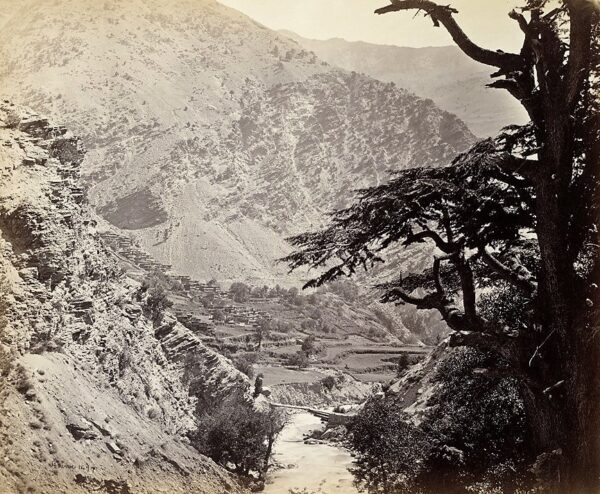
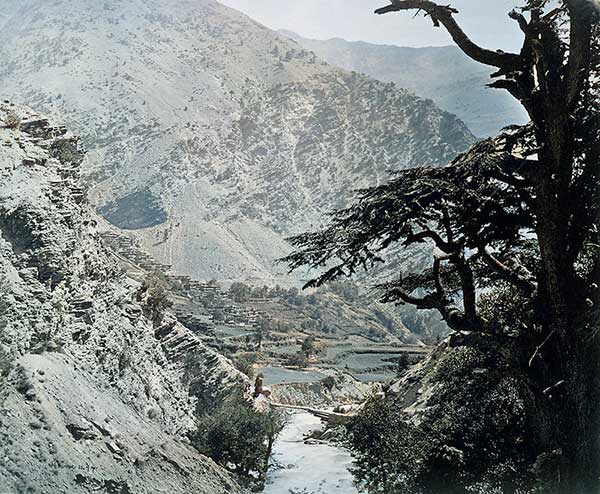
The Photograph of the village of Lipi by Samuel Bourne in 1866. The photograph was taken by Bourne during his three expeditions to Kashmir and the Himalayas between 1863 and 1866.
Spiti mountains
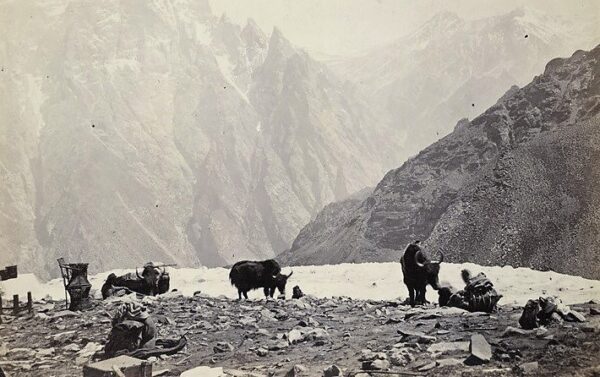
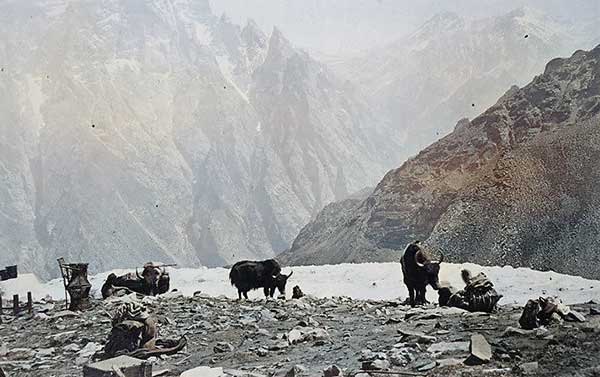
Taken by an unknown photographer, the picture depicts the might of the Western Himalayas in Spiti. You can see the glaciers with a group of local guides and yaks.


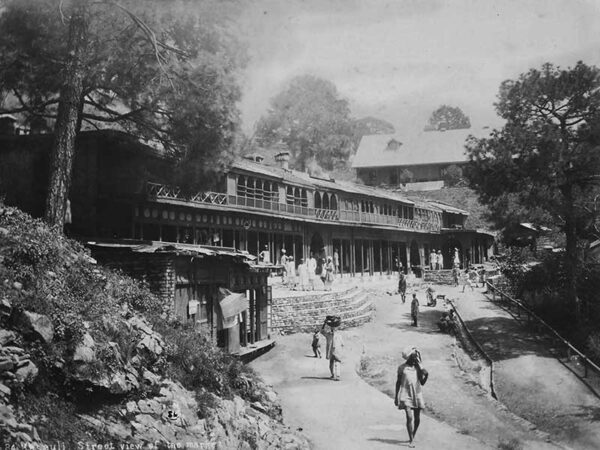


Great Photos.